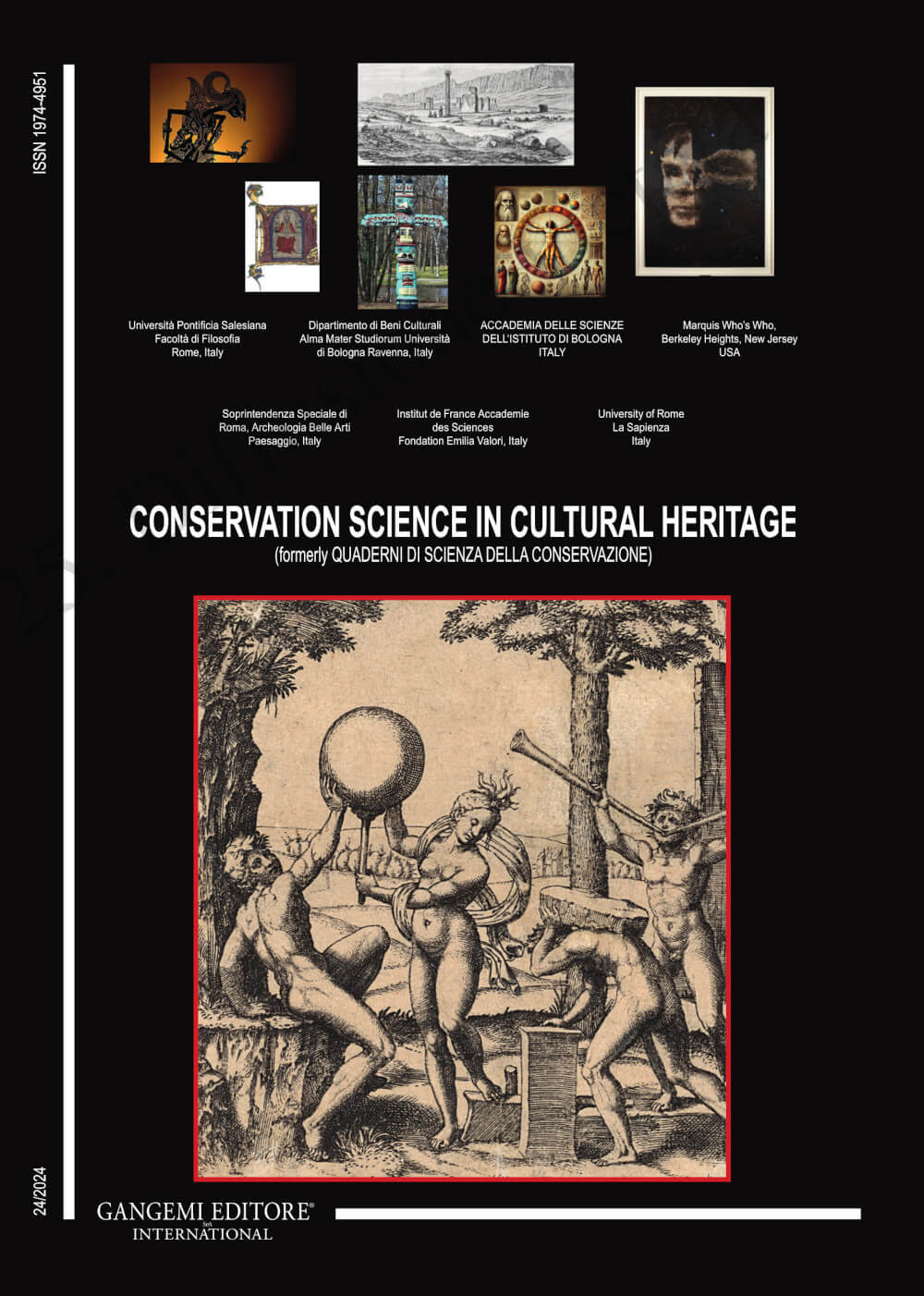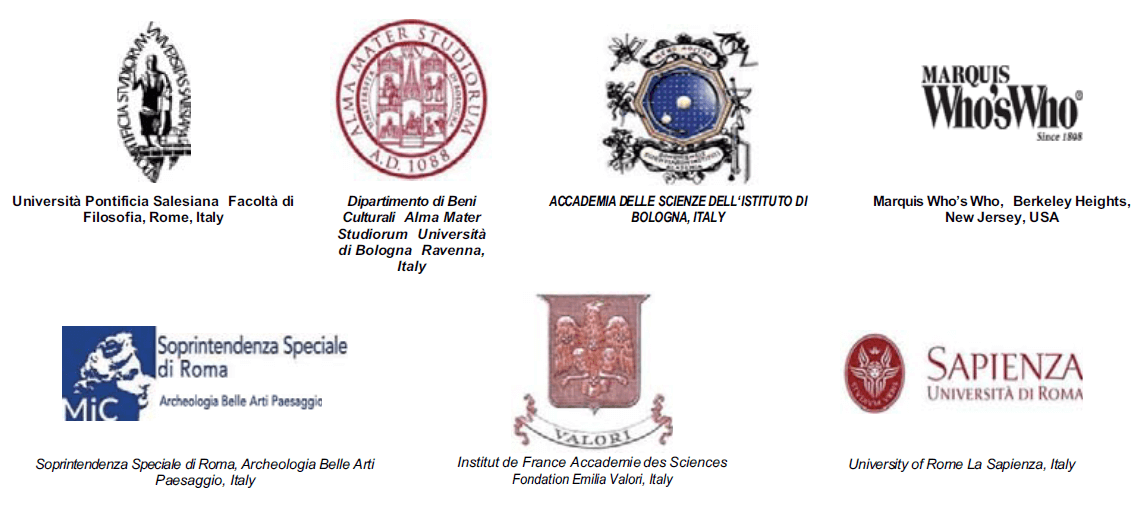Strategic planning for sustainable conservation. Case study: ancient city of “Istakhr”, Iran
DOI:
https://doi.org/10.6092/issn.1973-9494/22463Keywords:
conservation management plan, archaeological sites, cultural heritage, ancient city of Istakhr, IranAbstract
Given the significant importance of conservation management planning, especially in Iran with its extensive archaeological sites, this study explores the creation of conservation management plan templates for ancient sites. The Fars Istakhr site, one of Iran's key historical sites, was chosen as a case study. This research is both developmental and applied, employing a hypothetical-deductive method to assess the need and importance of establishing a management plan to outline a conservation program for ancient sites. The study highlights the critical stages of examination, identification, and accurate assessment of values in developing a scientific and standardized program within the management plan for archaeological site conservation. Through these stages, a comprehensive overview of the historical tangible and intangible evidence of the ancient site is presented. Significant assessment and site presentation with mass and social media are the most important actions. This sector can lead to public and local support and actions by relevant organizations, especially the Cultural Heritage Organization. Conservation work for artifacts and other on-site assets, and provision of tourism facilities are in the second step. After that, new archaeological projects to help in the compilation of history and data documentation need to be implemented. All of these measures help the site with sustainable management planning.
Downloads
Published
How to Cite
Issue
Section
License
Copyright (c) 2024 Hassan Khosravi Khaftari, Hossein Ahmadi, Mohammad Hassan Talebian

This work is licensed under a Creative Commons Attribution 4.0 International License.





